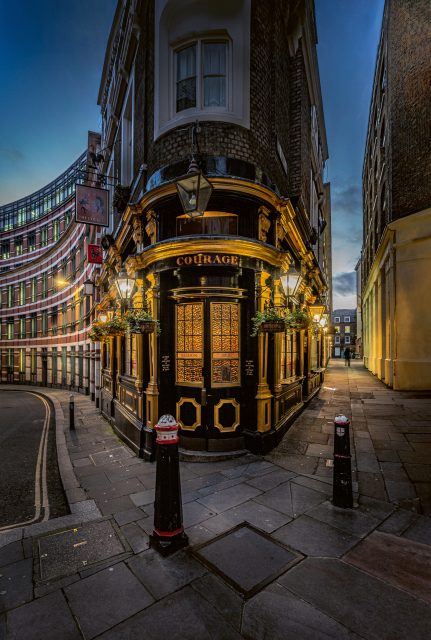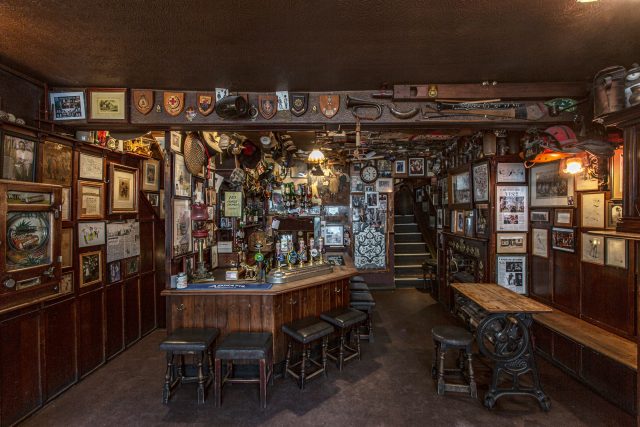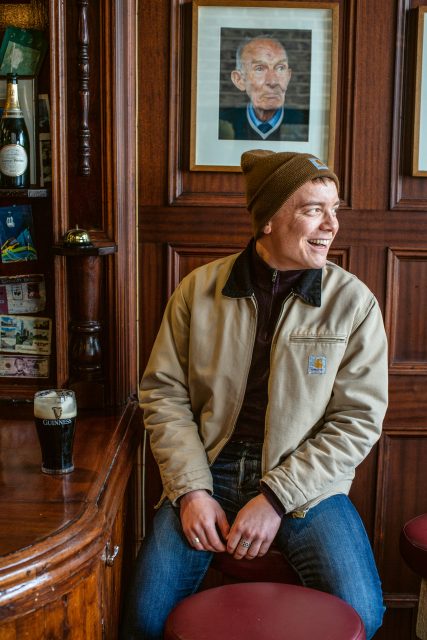How to photograph London’s hidden pubs, according to experts
Following the release of Local Legends: The Hidden Pubs of London, authors Horst A Friedrichs and John Warland take db behind the scenes of capturing the capital’s “backstreet boozers”.

Having spent two years capturing photographs of some of London’s lesser known haunts, Friedrichs and Warland have released a book depicting their top picks. But what goes into photographing some of the big smoke’s Local Legends? Eloise Feilden finds out.
Listen while you look
“The pubs are the soul of the English,” says Friedrichs, a self-proclaimed “Anglophile German” photographer living in Kingston Upon Thames.
For him, taking pictures for the book was “more than photographing” — “a door opened and I stepped into something which was very personal and special.”
The stories of landlords, landladies and punters alike were to thank for this experience. “I listened to the interesting stories and for me that was so precious,” Friedrichs says, “it was like a soundtrack for me while I was photographing.”
Friedrichs took on the project, photographing London’s hidden pubs between 2022 and 2024, alongside John Warland, an author and the founder of Liquid History Tours, which offers guided walking itineraries of the city.
Warland says the book is “a love letter to the people of London”, focusing as much on the people who frequent the pubs as their decor and interiors.
Indeed, the back cover of the book, which depicts a punter with an ale in Wapping’s Turner’s Old Star, was nearly its front cover, highlighting just how important people are to the story of London’s pubs.
“The title of the book is local legends, but it’s slightly ambiguous as to whether we are talking about the pub, the landlord, or, as on the back cover, the patron,” Warland says.
Friedrichs agrees: “A good pub is not just a good pub because of the beer; it’s also the people who make the pub.”

Off the beaten track
Local Legends: The Hidden Pubs of London depicts alternatives to the “honey pots”, as Warland puts it, of many of the city’s most famous haunts.
“When the pubs are hidden they take on their own character,” Warland says, and this was a key criteria for the book’s 38 venues.
Partner Content
He argues that to pull people, “sometimes only a few yards off the main thoroughfare”, venues have to be a little better than pubs in plain view on the high street.
“These pubs that are behind the scenes, just one step back from the main street, generate their own microcosm,” he says, their authenticity adding to their allure. “They are often a reflection of the community they’re sitting in, and to survive, they’ve got to listen. The community often dictate what goes behind the bar.”
None for the Gram

The authors of Local Legends: The Hidden Pubs of London had a strict criteria for the book. All the featured pubs are wet-led, meaning that while food may be served, their primary focus is the drinks.
Warland, who was primarily responsible for choosing the pubs, was also careful to represent an even spread of venues across London.
Visually, the pair were “trying to select pubs which photograph beautifully”, he says. Warland’s other work as a garden designer helped in this aspect.
A key criteria, and potentially the most important, was that the images in the book were “definitive”, Warland says, “trying to steer towards something completely unique”.
“I only need to see one image and I know what pub it is,” he says, allowing the book to highlight the “visual DNA” of each pub individually.
“It’s not perfect pubs, it is all about the worn leather stools and the sense of time and use and enjoyment,” he explains — anything to get away from “Getty image” shots and Instagram aesthetics.
“The shots that Horst has taken can only be taken in those pubs and particular times as well.”
Practical factors fed into the authenticity of the photographs, as well as the people they were depicting. “I don’t like to use flash,” Friedrichs says. “I didn’t want to freeze things and make it too harsh. I wanted to keep this natural grainy feel and not make it too Getty or Instagram. I didn’t want it to be like a brochure or a guide. It should come across more authentic – a bit raw or rough.”
Related news
Strong peak trading to boost Naked Wines' year profitability




